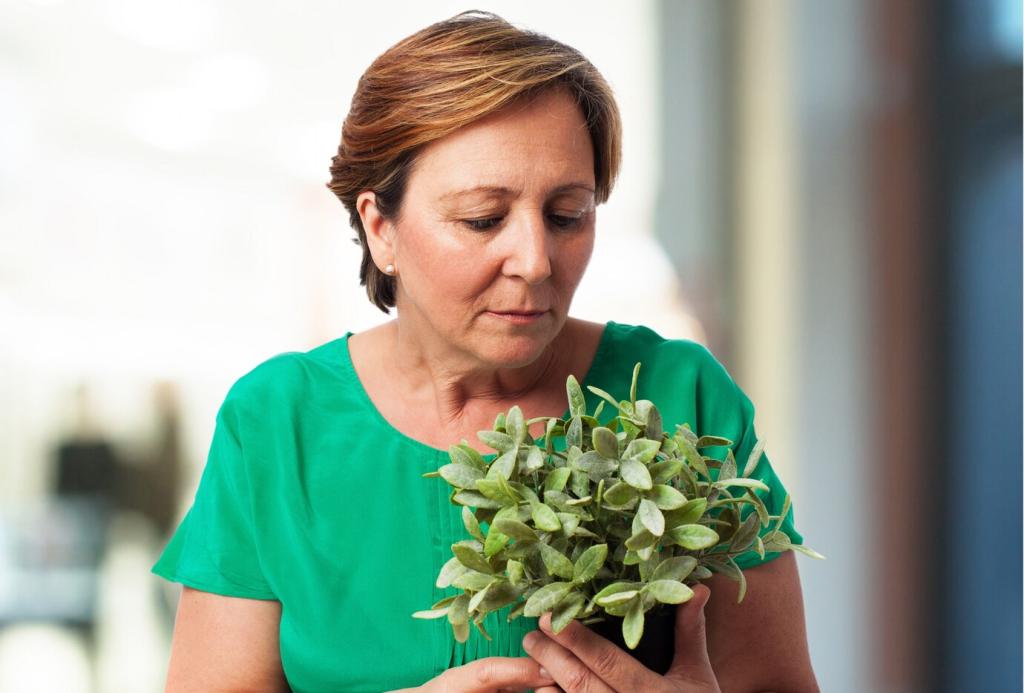Metal and Hardware: Quiet Strength, Minimal Fuss
Wipe metal surfaces with a dry or lightly damp microfiber cloth. For fingerprints, use mild soap and water, then dry thoroughly. Keep powder-coated steel out of standing moisture. A thin layer of microcrystalline wax can add a protective barrier in humid regions.
Metal and Hardware: Quiet Strength, Minimal Fuss
Seasonally check bolts, screws, and brackets. Tighten gently—overtightening can strip threads. Add a drop of plant-based lubricant to moving joints to silence squeaks. Listening for new noises helps you catch looseness early, saving stress on frames and preventing wobble-induced damage.
Metal and Hardware: Quiet Strength, Minimal Fuss
Install felt pads under legs and replace them when compressed. On rugs, use stable furniture cups. These small buffers reduce pressure points, prevent scratches, and keep finishes intact, extending both your furniture’s life and the life of your floors sustainably and affordably.
Metal and Hardware: Quiet Strength, Minimal Fuss
Lorem ipsum dolor sit amet, consectetur adipiscing elit. Ut elit tellus, luctus nec ullamcorper mattis, pulvinar dapibus leo.








